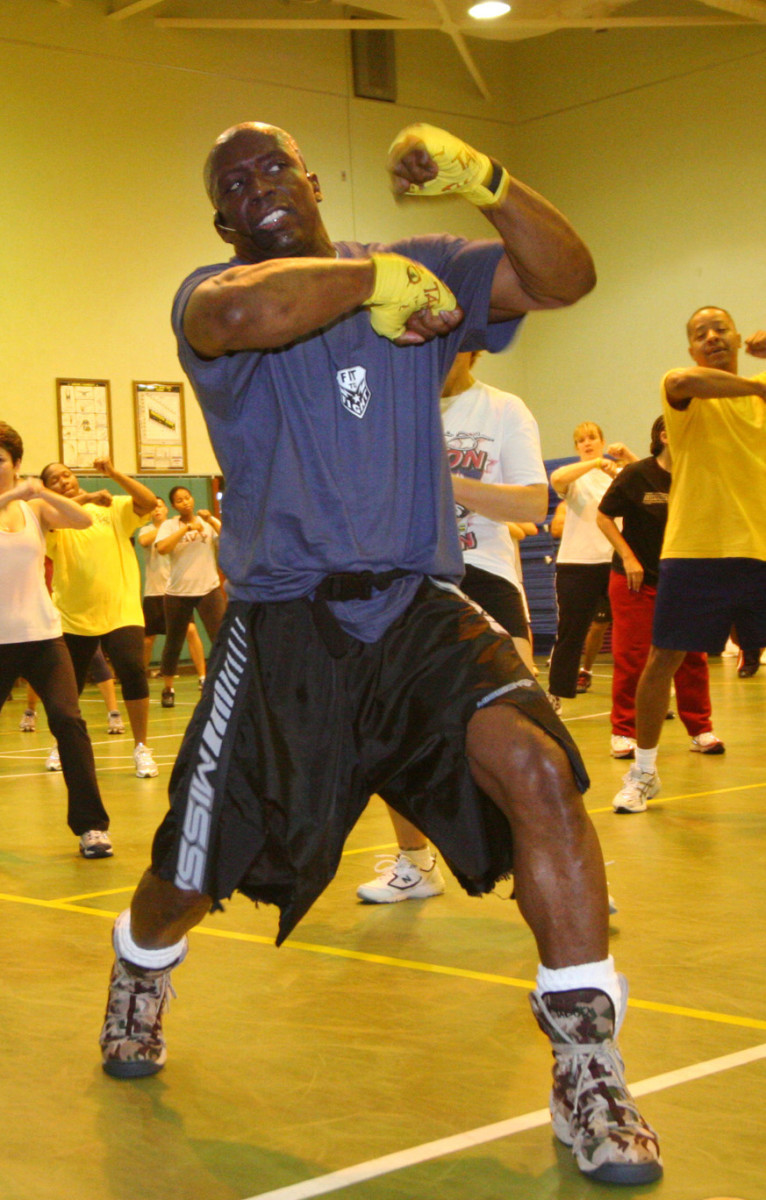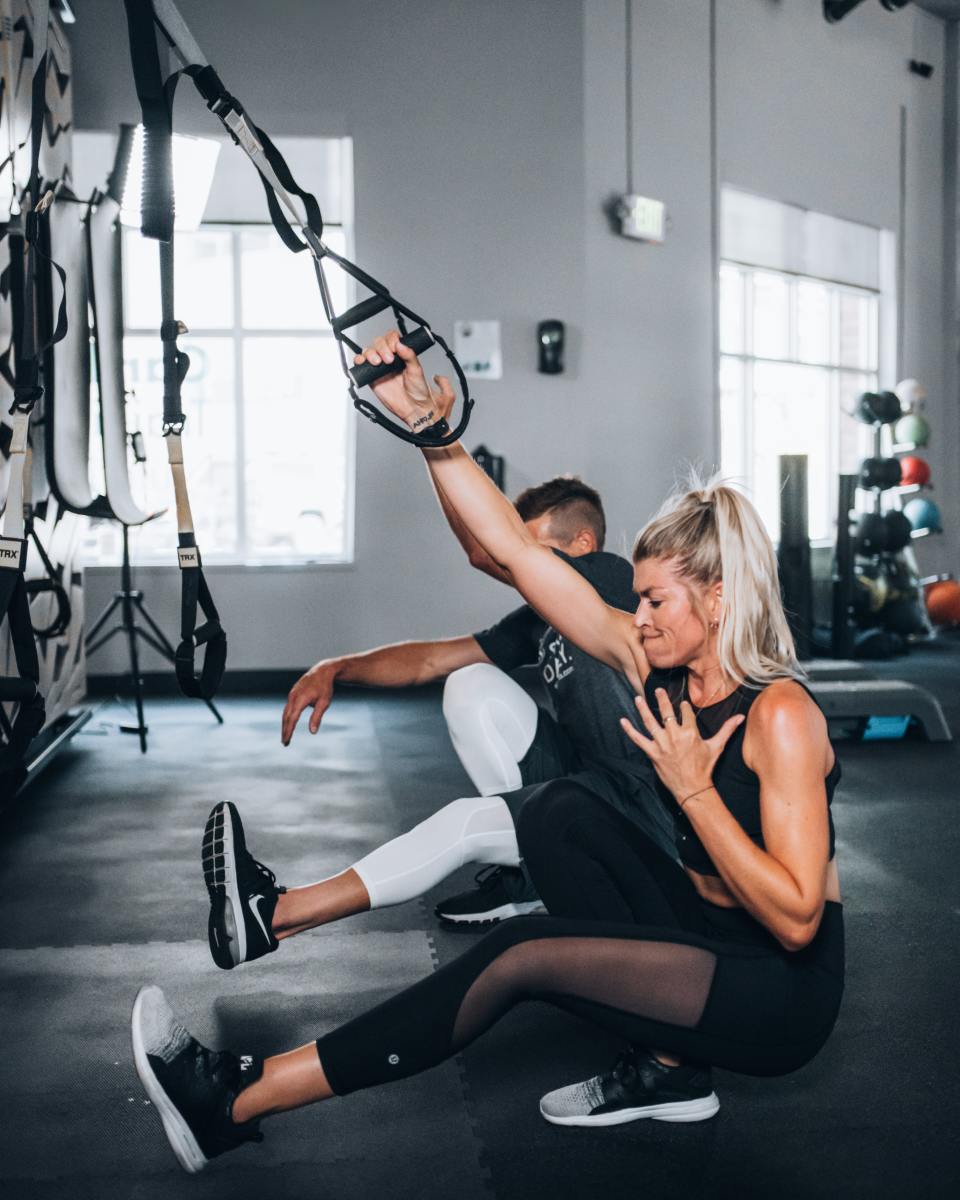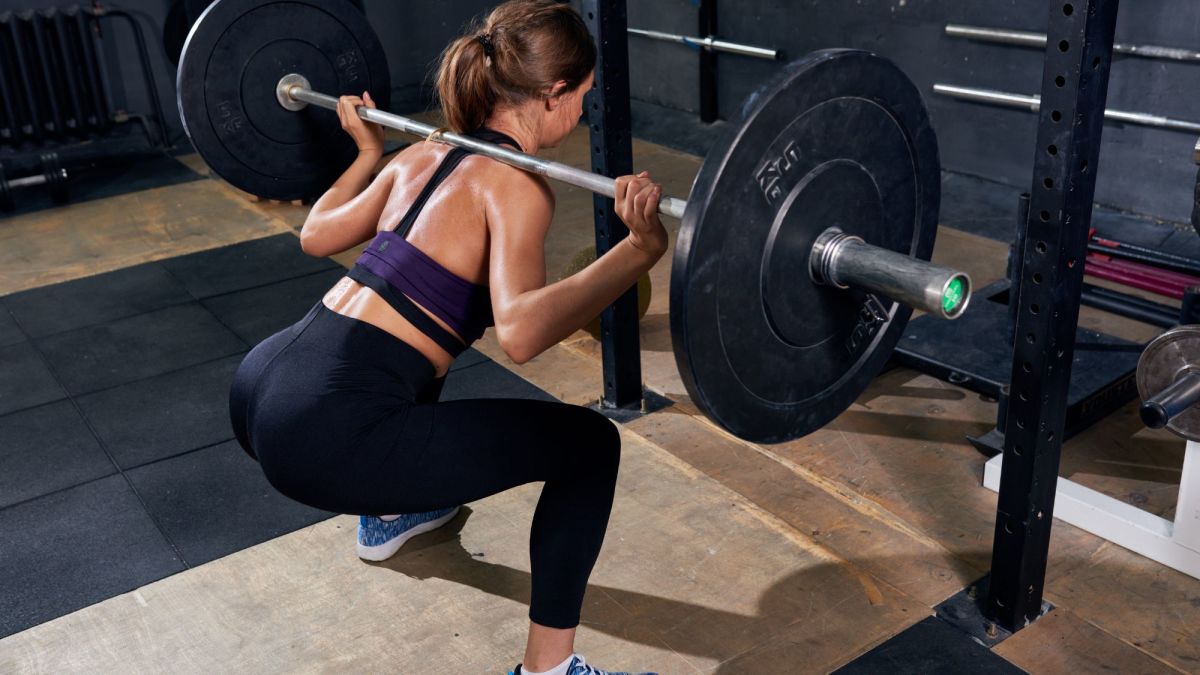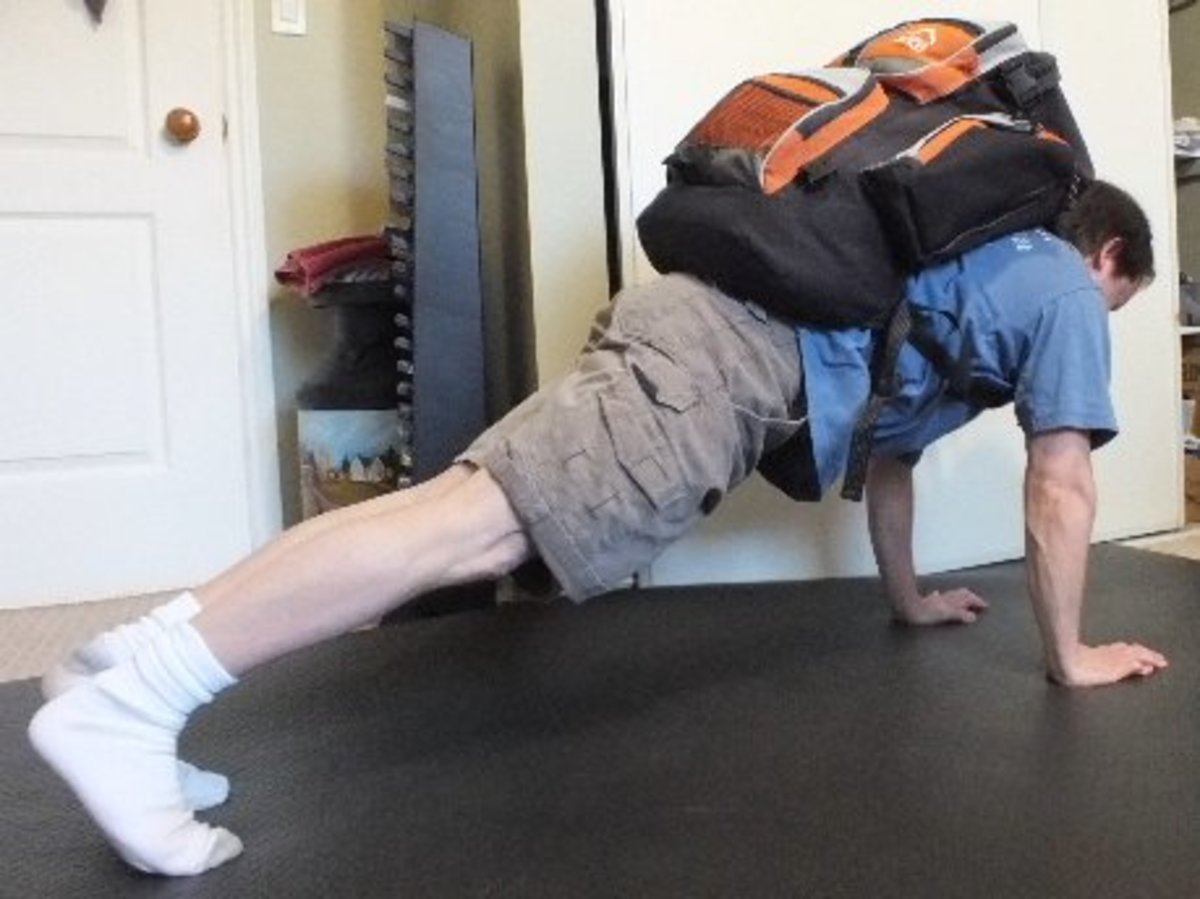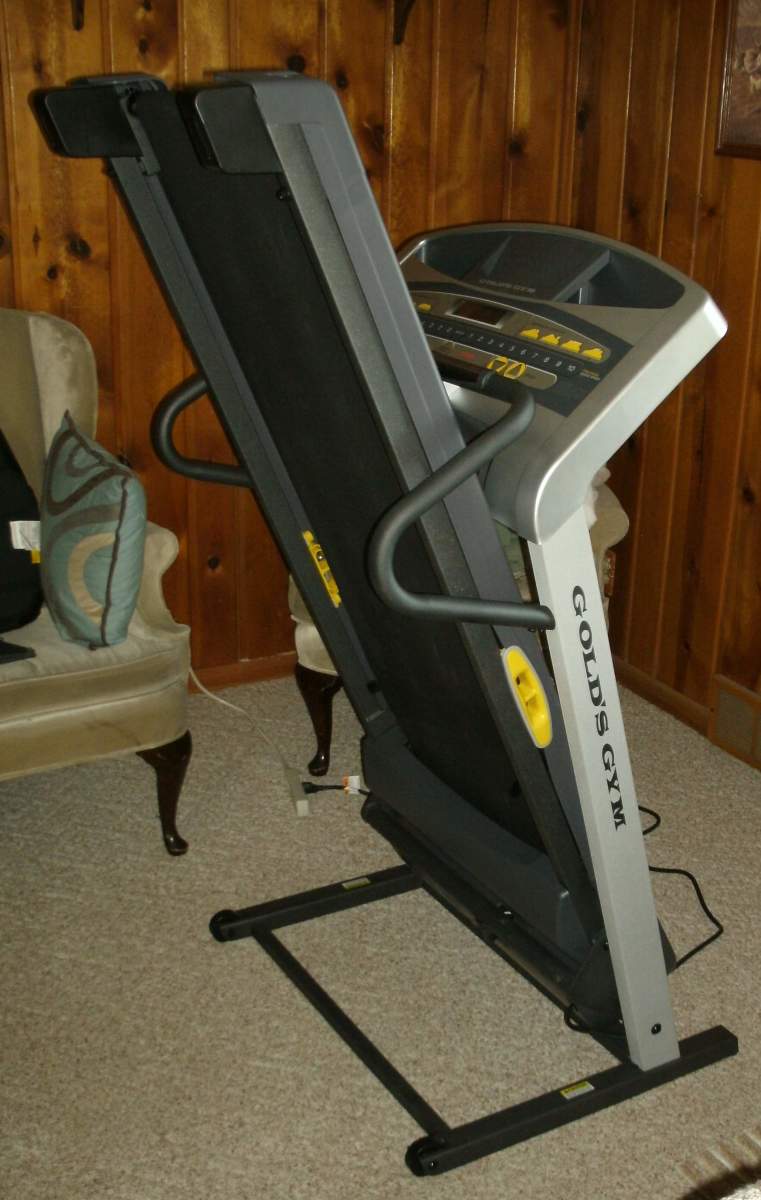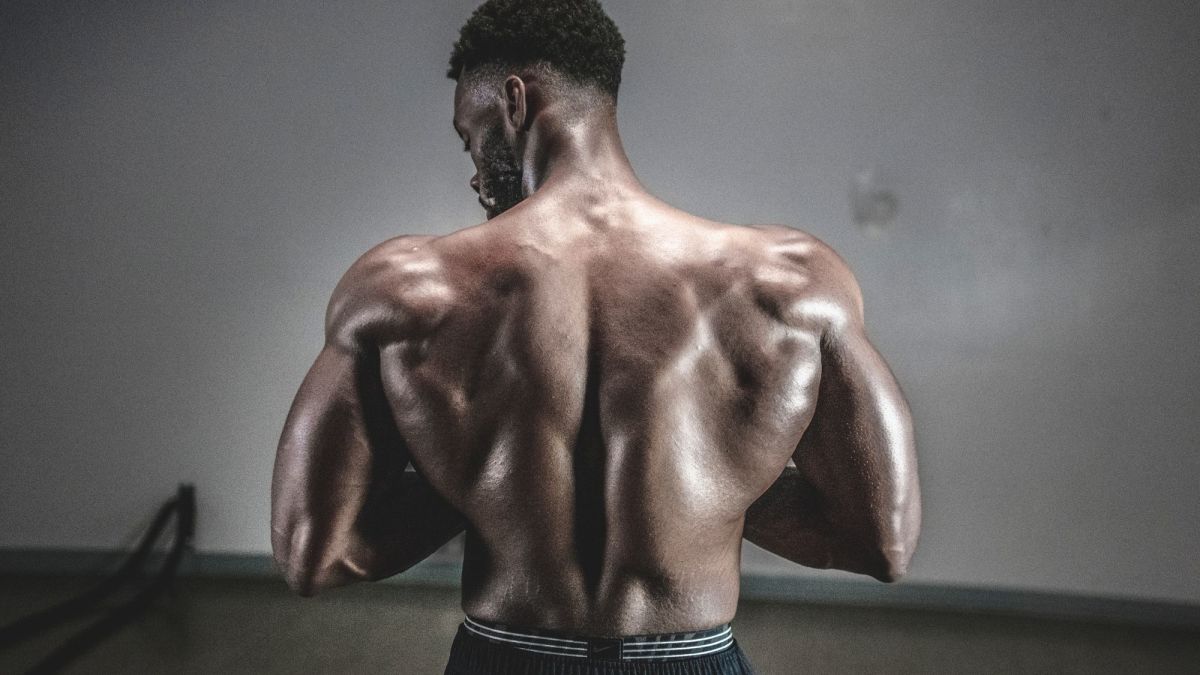Balance and Exercise Challenges
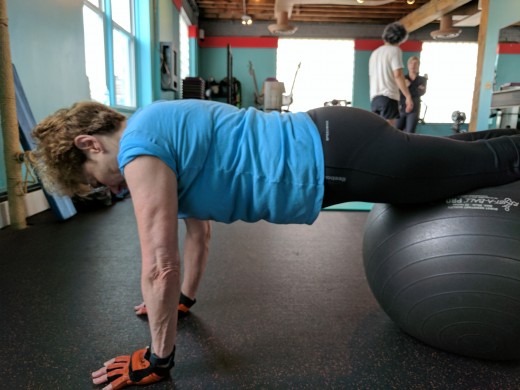
I find most people get very frustrated with balance exercises. Let’s face it, we like to work on things that were good at; of course that is why we are good at those things. Being able to balance is part of almost everything we do in life. Every time you take a step and transfer one foot in front of the other, you are actively balancing.
Having good balance allows you to enjoy other activities in life, whether it is an everyday event or taking a strenuous hike. Having good balance is just one way to improve our lives, and improving our odds of a enjoying your next 50 years of life.
There are two basic forms of balance. Static balance, being able to balance without moving; (i.e. standing on one leg). Active balance, being able to control oneself in motion; jumping sideways and stabilizing on one leg. Learning how to improve your balance starts with a static position and progresses to active movements.
All exercises starts with neuromuscular control (pertaining to nerves and muscles) not strength. Watch a baby learn to walk. They walk and fall down over and over again, but soon they put a few steps together and begin to walk on their own. Their legs get a little stronger over time, but what really happens is that they learn to control their bodies in an upright position. Learning to control our joints is the first step to improving our ability to balance, reduce our chances of falling and increasing our strength.
To get a better feel of how good your balance ability is, here are a couple basic tests you can try.
Before you try these or any other exercises you should:
-
Talk to your doctor to make sure it is an appropriate exercise for you to do.
-
Make sure the area where you are trying these are clear of any objects (in case you fall).
-
You should also try these exercises by a wall in case you need to brace yourself.
Basic Test exercises
-
Stand on one foot. Every time you walk there is a moment that you are technically on one foot. Stand by a wall and lift one off the ground. (Make sure the foot that is in the air is not touching your other leg). Ideally you should be able to stand on one foot for a minimum of 20 seconds. Don’t be surprised if you find it easier to stand on one leg and not the other. This is because everyone has a dominate side. You will also find that balancing in shoes may challenge differently than if you do this barefoot.
-
Lateral balance – Standing with your feet slightly separated, step to your side and lift the trailing leg off the ground; do not put the trailing leg down for 1-2 seconds. Repeat going the other way. (example) Stepping to your right, your left leg would stay off the ground for 1-2 seconds. Then when you step to your right your left leg would stay off the ground for 1-2 seconds. Ideally you should be able to do this 10x each leg. Overtime there will be many ways to increase the intensity of this exercise.
If you feel you are more advanced, here are other challenges for you to try.
-
Stand heel to toe. Hold a medicine ball or small weight (this should not be too heavy of a weight). Look straight ahead and extend your arms forward and back 5 times. While looking forward, extend your arms to your left 5 times (while still keeping your head and eyes looking forward, then do the same to with extending our arms back forth 5 times to your right. Switch feet and repeat same exercise.
Having the ability to balance and control your body’s movements may help you recover from a simple stumble or prevent a fall or injury that could change your life. There are many ways to incorporate balancing techniques into your everyday workout routine. Progressing your ability to balance is crucial to living your next 50 years in a healthy and productive lifestyle.
Albert Einstein said it best, “Life is like riding a bicycle. To keep your balance you must keep moving.”

